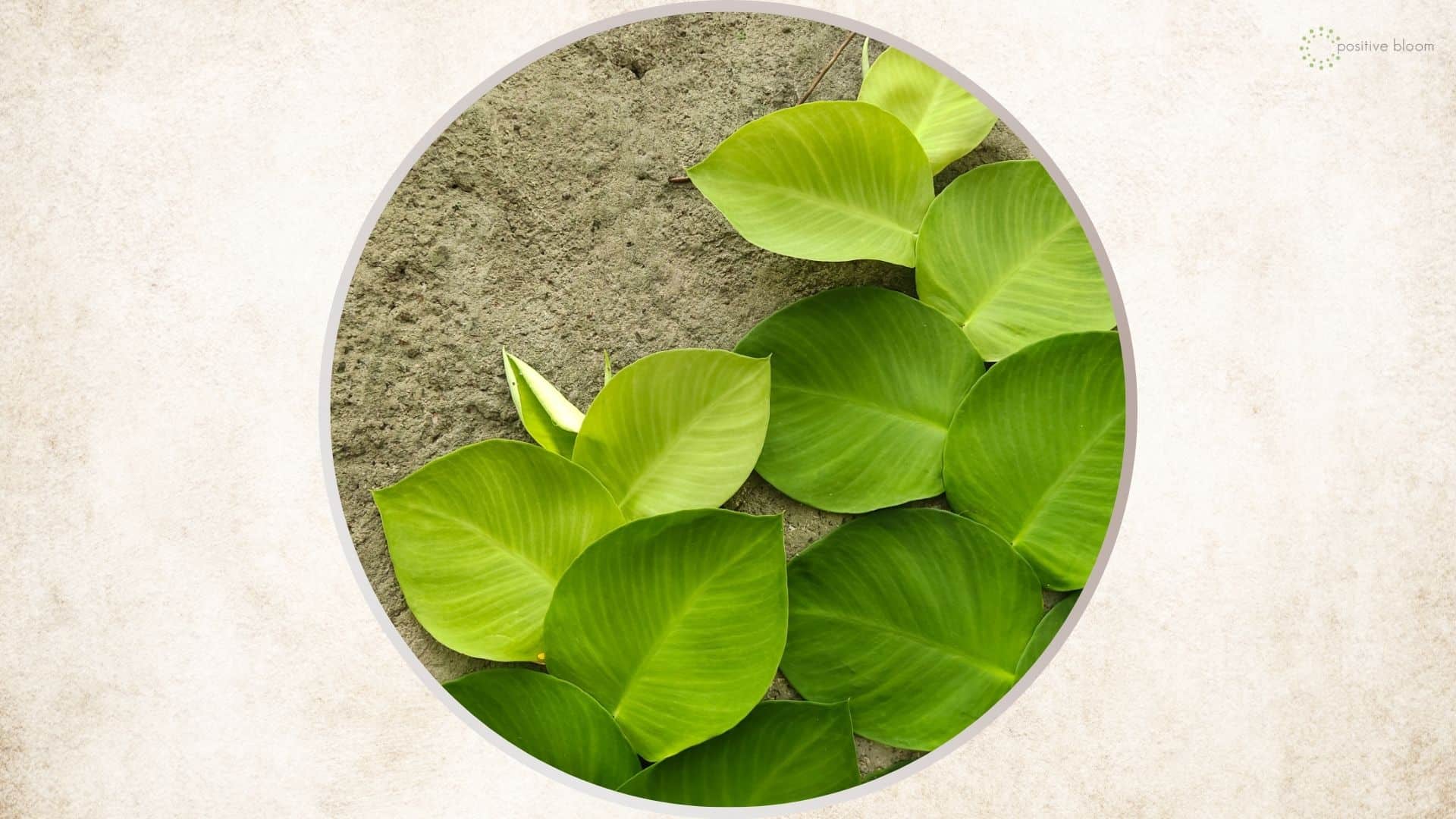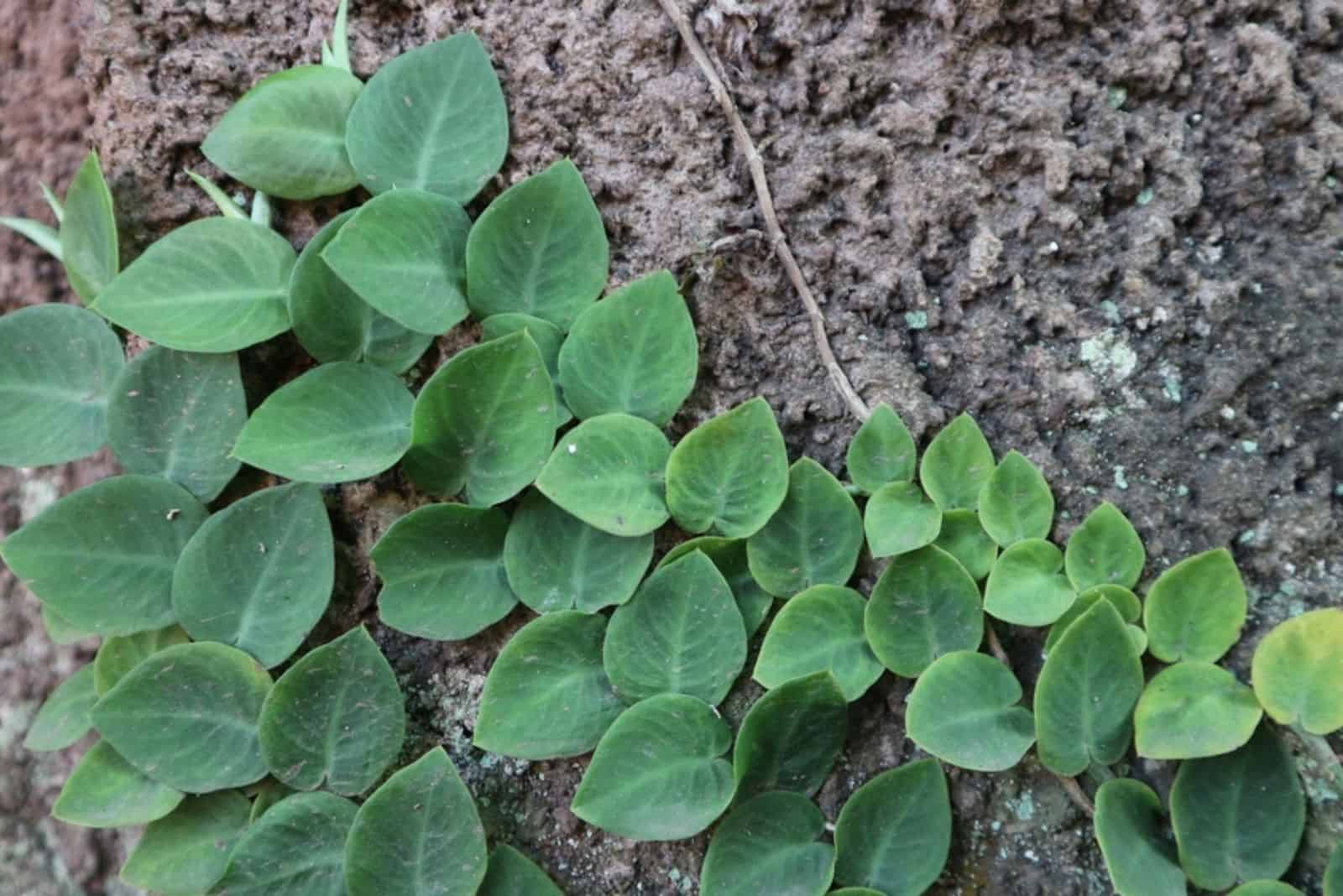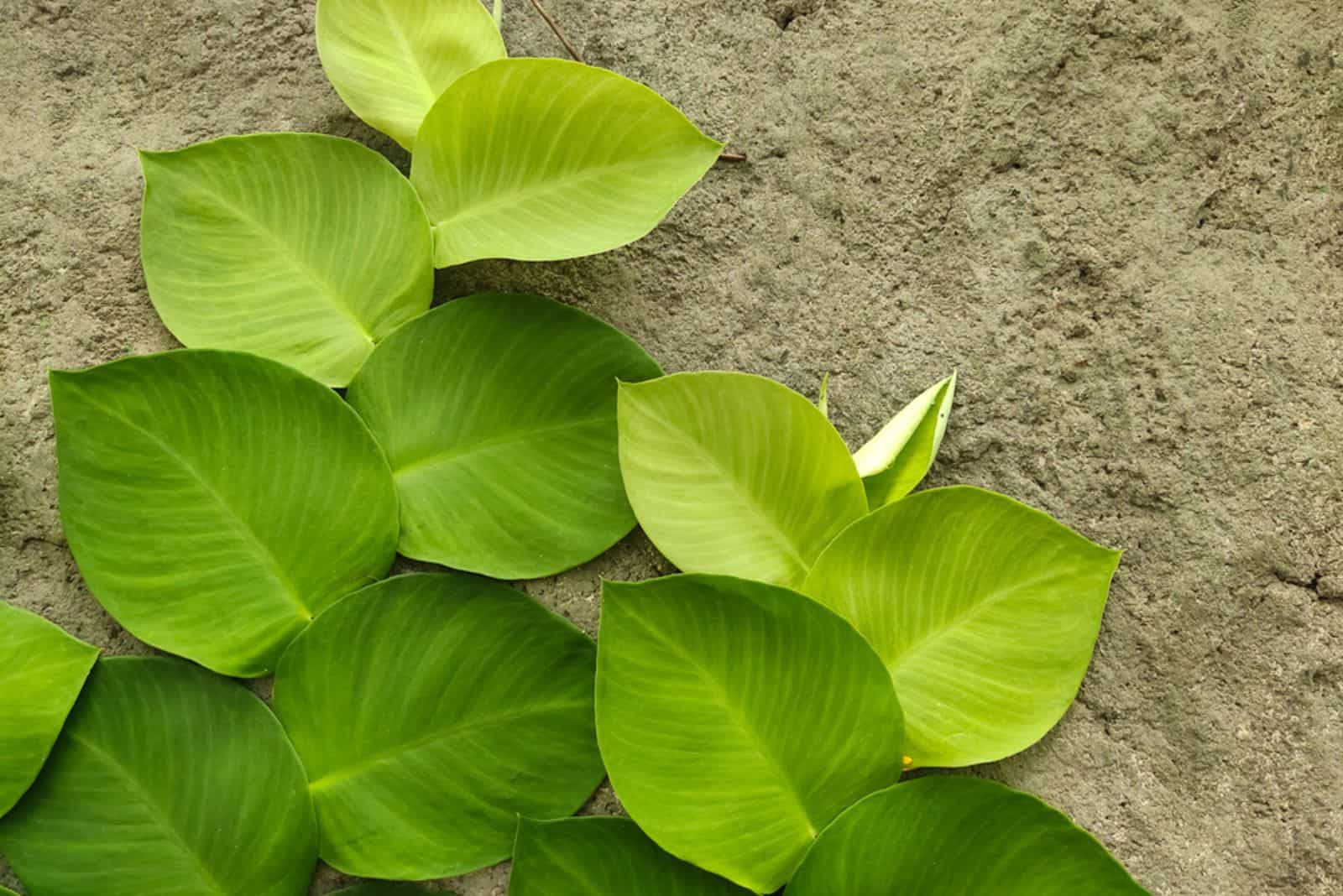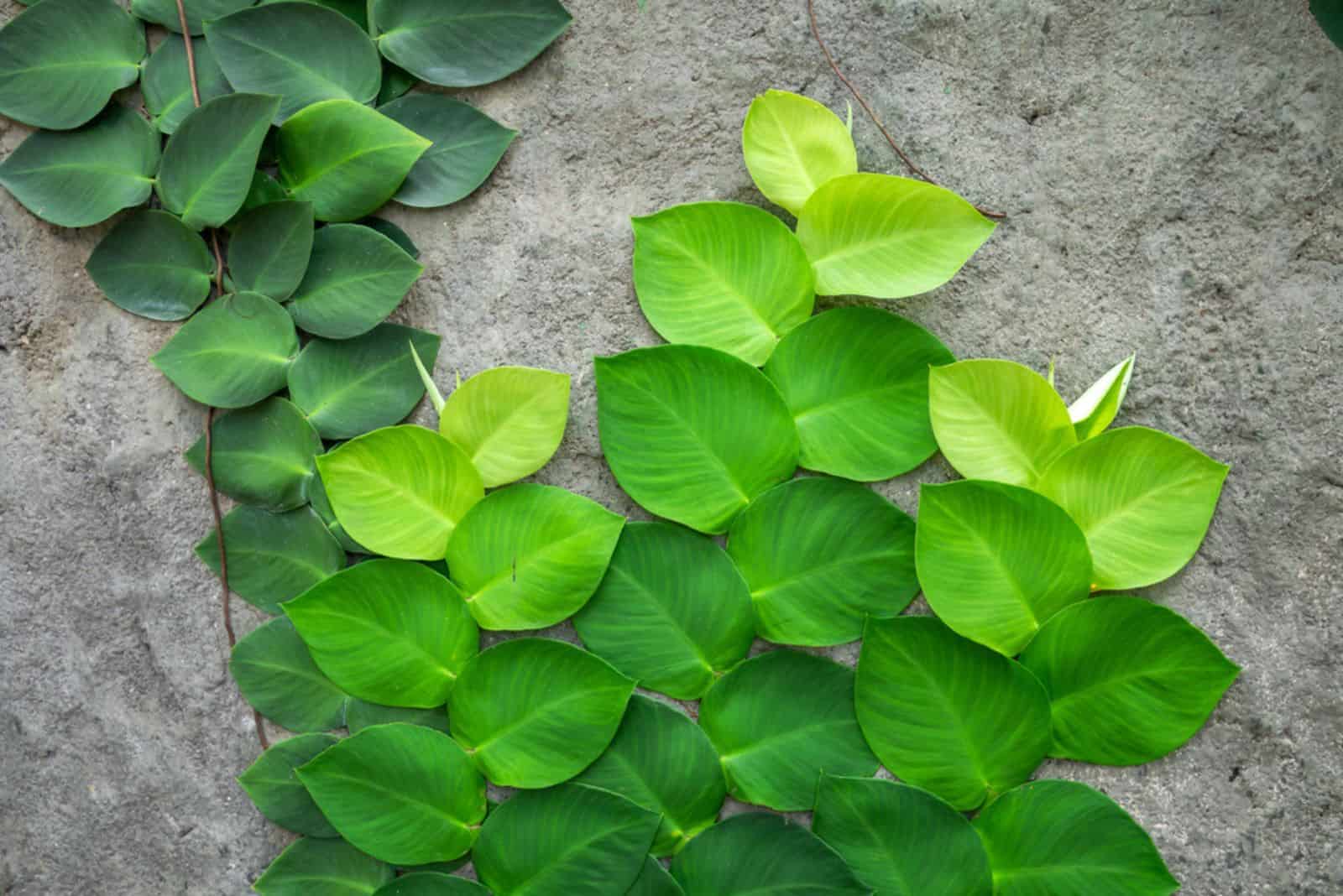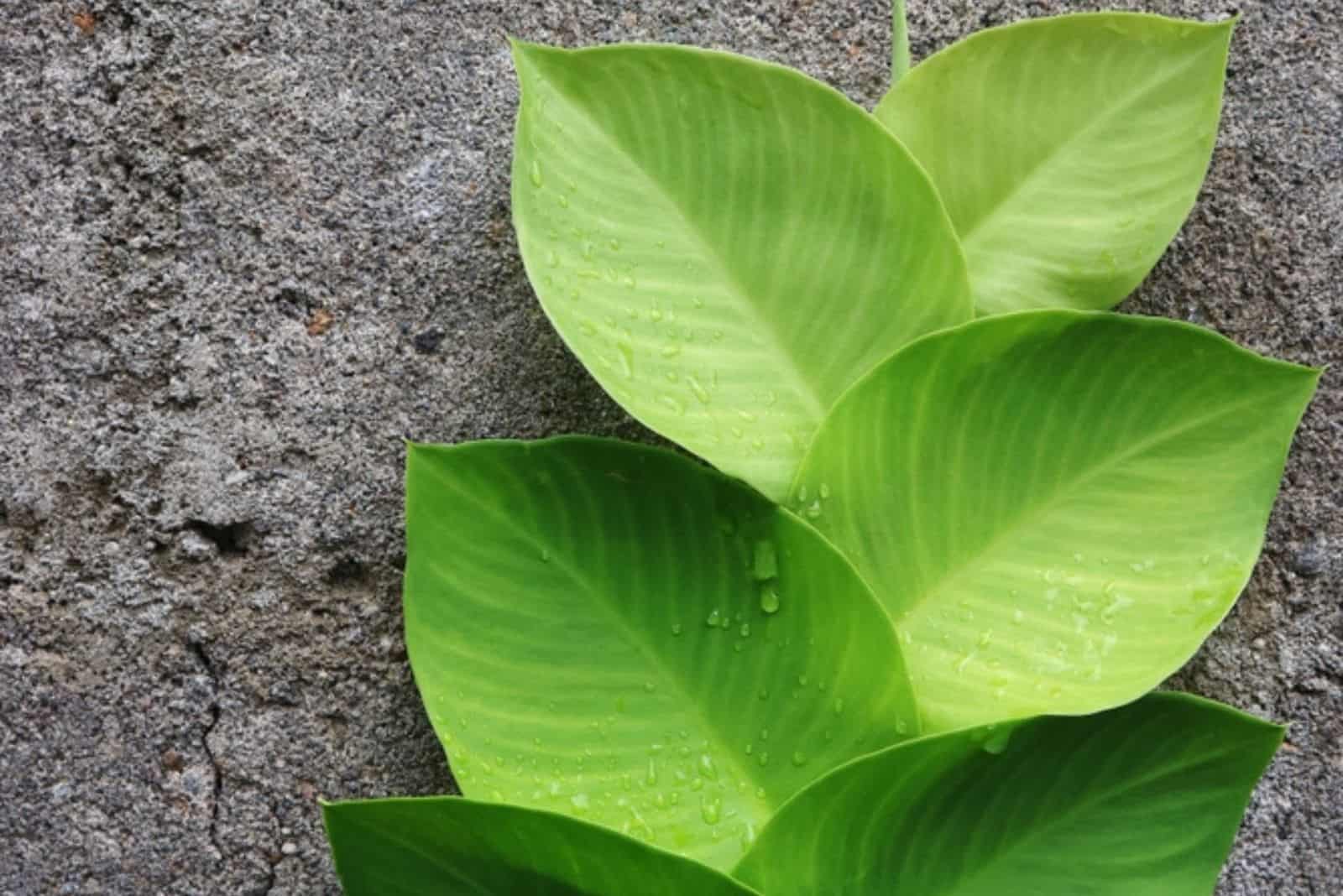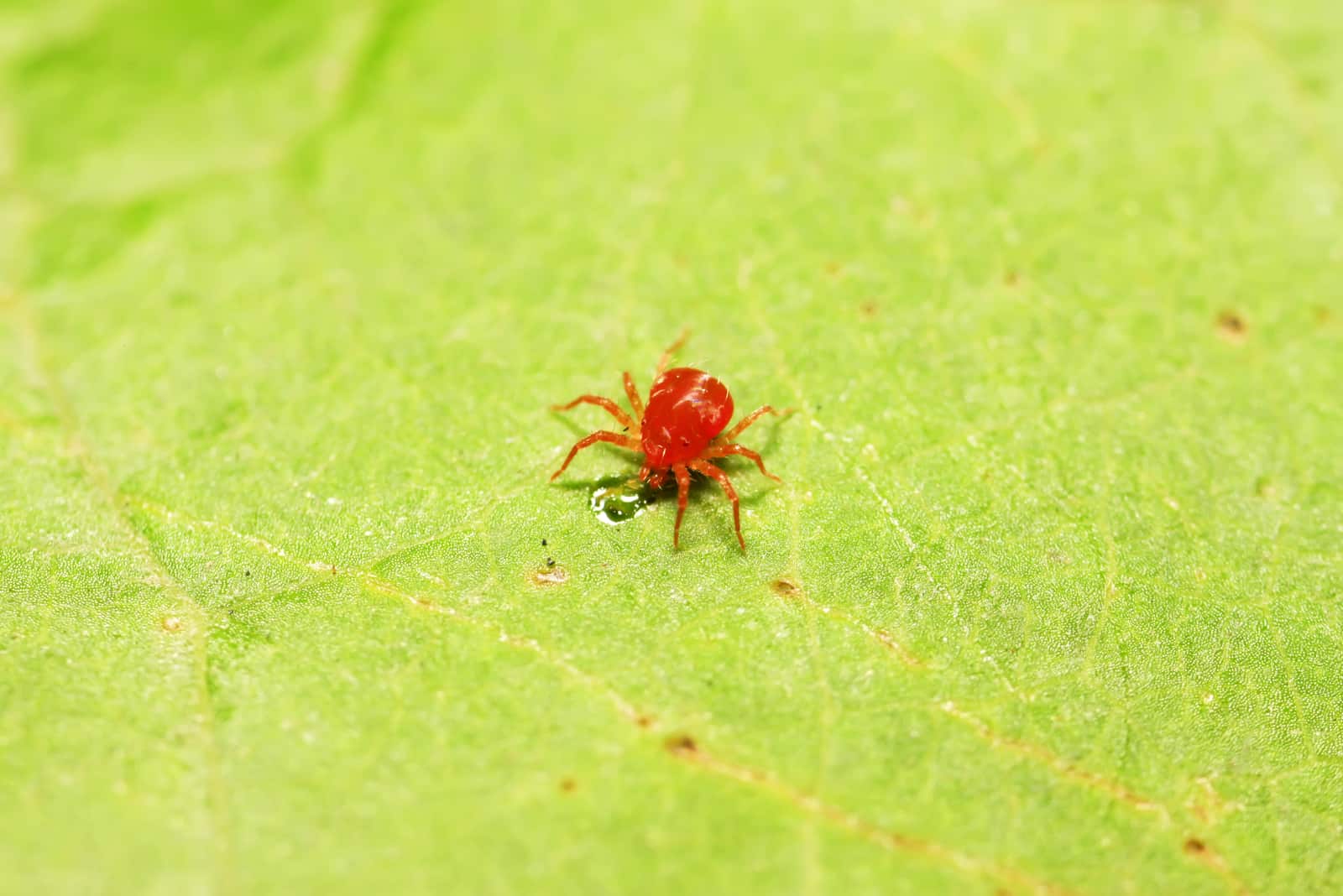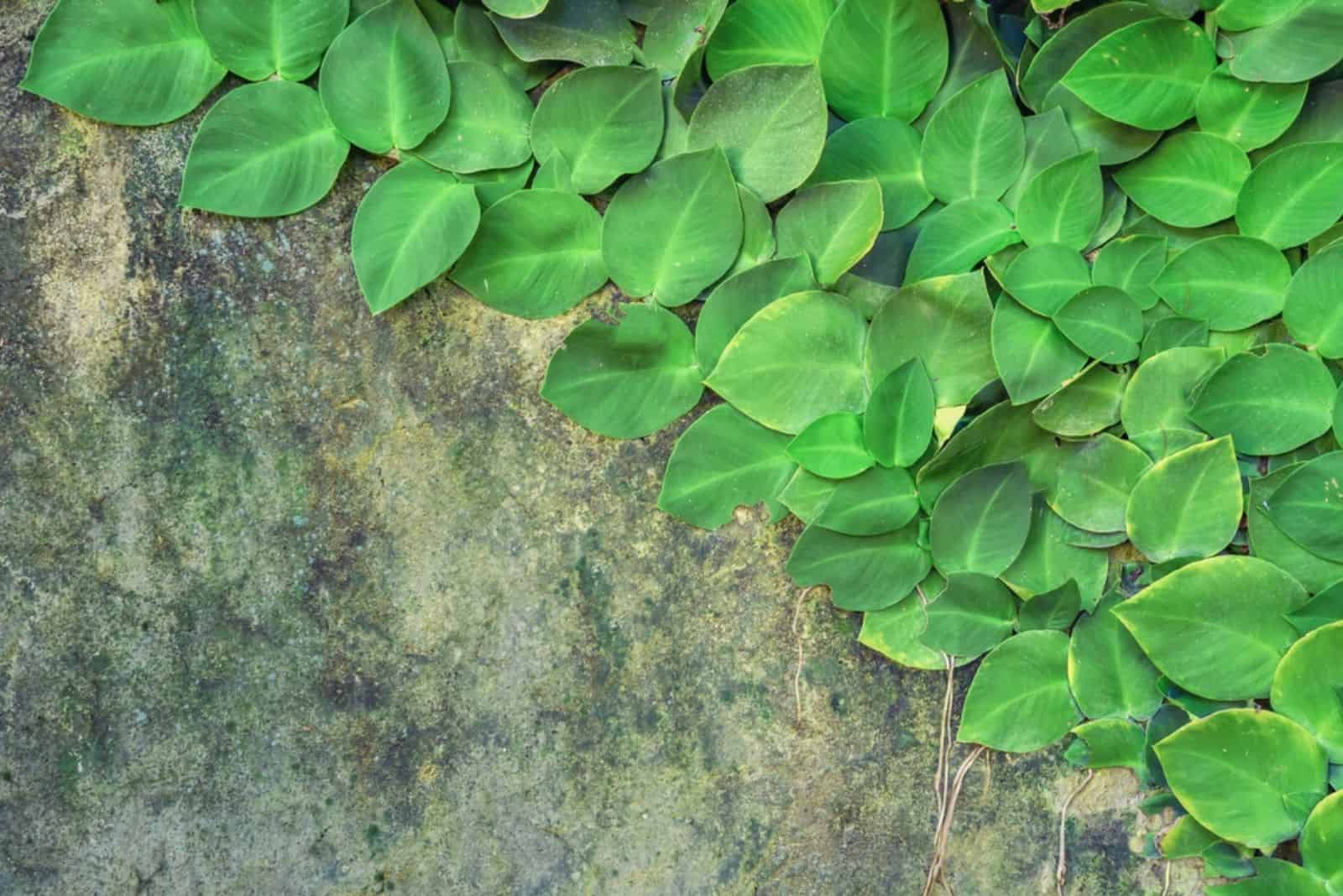Houseplant collections all around the world are full of unique and breathtaking plants, especially Philodendron and Monsteras.
Today, I’ll tell you more about a plant that’s pretty new in plant collections, the Rhaphidophora hayi. We must thank Costa Farms for this variety. It became popular after these mass-growers added the plant to the Trending Tropicals collection.
The shingling growth habit makes the hayi plant unique, hence the nickname shingle plant or shingle vine.
I’ll tell you everything you need to know about the hayi plant, including its features, care requirements, propagation methods, and some common issues and how to fix them.
Let’s start with some basic info about this Rhaphidophora plant:
[table id=543 /]
Let’s get started!
What Is The Rhaphidophora Hayi?
Before we move to the appearance and growth info, let’s discuss the taxonomy of the plant.
Hayi belongs to the Araceae family, i.e., the family of aroids. Some of the most popular plants from this family are Monsteras, Philodendrons, and Scindapsus plants.
Rhaphidophora is actually a genus in the aroid family. It encompasses several species, such as Rhaphidophora korthalsii, Rhaphidophora foraminifera, Rhaphidophora tetrasperma, and Rhaphidophora decursiva.
Now let’s learn more about the appearance and growth of this shingle plant.
Growth
Generally speaking, the shingle plant has a moderate growth rate, and when grown indoors it typically doesn’t exceed 5 feet.
But, this Rhaphidophora is pretty large in its native habitat, and the average size of the mature plant is about 32 feet.
As with all other plants, you can increase the growth rate by ensuring adequate conditions. Structural support is essential for the hayi Rhaphidophora because it is a climbing plant.
Read on to find out how to train the hayi plant to climb and what kind of structural support to use.
Leaves
Hayi leaves are really special. No matter what kind of structural support you provide, they’ll lie flat against it.
They have incredibly short petioles that connect them to the stem.
Each hayi leaf develops an oval form with a sharp point, reaching lengths of 4 to 9 inches and widths of 2 to 8 inches. They have a shiny, vivid green color.
Hayi leaves are thick and leathery in appearance. Periodically wiping them down with a soft sponge dipped in clean water will keep them dust-free.
Flowers
The majority of tropical plants typically don’t bloom when grown as indoor plants.
Epiphytic vines that are grown outside in conditions that allow them to reach their maximum size will blossom more frequently.
The hayi Rhaphidophora produces tiny flowers; the spathe is orange, super small, and resembles a boat. The spadix is creamy white and develops many tiny flowers.
Honestly, the blooms of the hayi plant aren’t very attractive, and the main focus is on the foliage. Therefore, if you grow the shingle plant indoors, don’t be obsessed with flower production and enjoy the foliage instead.
Rhaphidophora Hayi Care Guide
Rhaphidophoras are pretty easy to maintain, so if you are a novice to plant cultivation this plant is perfect.
Here’s a table with an overview of the care requirements of the hayi Rhaphidophora plant:
[table id=545 /]
Let’s get into details!
Rhaphidophora Hayi Light Requirements
The hayi Rhaphidophora requires bright indirect light when grown as a houseplant. It’s native to tropical regions, and the dense foliage of taller plants protects the hayi leaves from direct sunlight.
When choosing the spot for your hayi plant, bear in mind that south-facing windows have the most sun exposure, so move it a few feet away from the window or put up sheer curtains.
The hayi Rhaphidophora typically doesn’t need artificial lights even if placed near windows with northern exposure.
Of course, if you notice any changes in growth rate or appearance, you should move your hayi plant to a sunnier spot or use artificial lights.
Rhaphidophora Hayi Humidity Requirements
When discussing the hayi plant’s humidity requirements, we again need to consider its natural habitat. Tropical regions have much higher humidity levels than households, so you’ll need to find a way to raise humidity.
I’ll give you a couple of solutions for low humidity levels. The first method is to use pebble trays for increasing humidity. The drawback of this method is that it won’t raise humidity significantly. Still, if you combine it with other methods, such as misting or growing in a larger terrarium, it’ll work well.
If you grow other houseplants, such as Hoyas, Pothos, Philodendrons, or Monsteras, you can create a microclimate by grouping all these plants together. Bathrooms and kitchens are perfect places for your hayi Rhaphidophora due to the high humidity levels.
If you are new to plant cultivation, choose a long-term solution and purchase a humidifier.
Shingle Plant Temperature Requirements
Daytime and nighttime temperatures in tropical regions are very high, which means the shingle plant is used to warmer conditions.
As a houseplant, the hayi Rhaphidophora grows best in temperatures ranging from 55 to 85 degrees Fahrenheit.
The hayi plant adapted well to average household temperatures, which makes its maintenance easier.
Never expose it to temperatures below 55 degrees Fahrenheit because it’s not cold-resistant.
Cold drafts and temperature fluctuations are the biggest enemies of the hayi plant, so when choosing its spot, make sure it isn’t near drafty windows or heating devices.
Rhaphidophora Hayi Soil Requirements
The trickiest part of tropical plant care is ensuring the right type of soil. Your shingle plant will thrive best if grown in a well-aerated, well-draining, and fertile soil type.
The ideal soil pH for the hayi Rhaphidophora plant ranges from 6.1 to 6.5 (slightly acidic).
You can go with a standard aroid soil blend that consists of potting soil, perlite, sphagnum moss, and coco coir. These materials will give you well-draining soil, but your hayi plant will also have enough moisture.
There’s one great thing about the hayi Rhaphidophora plant; it doesn’t need soil at all! You can use moss boards, and your shingle plant will grow healthy and be happy!
You can find them in some nurseries or order one from Etsy.
Watering Schedule
The shingle plant is native to lowland rainforests, which means it’s used to frequent rainfalls. These areas have no drought periods, which is why the hayi Rhaphidophora isn’t drought-tolerant.
Your goal is to keep the soil of your hayi plant moist all the time, as the roots need a lot of water to grow healthily. But remember that moist and waterlogged soil are two completely different things, and the latter can kill your hayi plant.
The best watering schedule for the hayi Rhaphidophora is to add water when the top 2 inches of the potting soil dry out.
Regularly check the soil as its watering needs may change based on the season, light, and humidity levels.
Cut back on watering your Rhaphidophora during winter, as the plant is dormant and doesn’t actively grow.
If using moss board only, soak it in water once a week for the best results.
Fertilizing Schedule
The hayi Rhaphidophora isn’t a heavy feeder and will require food only during its active growth period.
Apply balanced liquid fertilizer diluted to half the suggested strength once a month during the active growth period.
Like other houseplants, the shingle plant is susceptible to fertilizer burns, so pay attention to dosage and frequency.
If using a moss board, dilute the fertilizer in the water you use for soaking the board. Again, dilute to half the suggested strength and pay attention to frequency.
Ensure Support
Climbing plants such as the hayi Rhaphidophora need structural support. You can use a moss pole, which are readily available in Lowes and Home Depot, or you can order one from online nurseries.
There are some alternatives to moss poles, such as a bamboo trellis or coir pole.
Remember that moss poles should be kept moist.
How To Repot The Shingle Plant
Generally speaking, the hayi Rhaphidophora needs repotting every 1-2 years, but there are some tell-tale signs that can help you decide if your shingle plant needs repotting.
For instance, the roots start coming out of the drainage holes, which means the plant has overgrown its current pot.
You’ll need to repot your shingle plant more often if root growth is impacted due to diseases such as root rot.
Before repotting your hayi plant, you need to prepare a new pot (2 inches larger) and the correct soil blend.
When taking the shingle plant out of its pot, don’t pull it; instead, tip the pot to one side and let it slide out.
Clean the root system by removing as much soil as you can. Check if roots are healthy, and remove diseased, discolored, or dead roots with sanitized shears.
Fill a new pot with the soil blend and put your hayi Rhaphidophora in it. Add water and place the shingle plant in bright indirect light.
Here’s a video that describes everything about the hayi Rhaphidophora plant:
Rhaphidophora Hayi Propagation
The shingle plant is one of the easiest plants to propagate. The method with the highest success rate is propagation by stem cuttings.
The first thing you need to do is find a healthy stem and select a 4-6 inch long section with a few nodes and leaves attached.
Remove all leaves except the top few and bury at least one node in wet soil. It can also be placed on top of some wet sphagnum moss.
Ensure a warm and humid environment for the hayi cutting. The simplest method is to place a plastic bag over the pot.
You should notice the emergence of new roots in a couple of weeks. Uncover the cutting and ensure structural support for new growth.
Common Issues With The Shingle Plant
Rhaphidophoras make excellent houseplants as they aren’t prone to many issues. Your hayi plant shouldn’t have any major issues if you work on prevention.
But you know how it goes; if one houseplant has issues, the others are also likely to suffer. This especially refers to pests and diseases.
Let’s find out more about the common problems with the Rhaphidophora hayi.
Pests & Diseases
The typical indoor pests won’t bypass your hayi Rhaphidophora on a quest for food. The best way to avoid pests is to apply neem oil to the shingle plant and its green leaves.
Most insects will stay away if you use this method, but you should constantly check them to make sure nothing is hidden among the leaves.
Mealybugs are one of the insects that most frequently attacks houseplants. They congregate on the underside of the leaves and resemble tiny cotton tufts.
Scale is also a common invader; they hide under the foliage or on the stalks, and you can recognize them if there are tiny brown lumps.
Rubbing alcohol has proven to be the best method for controlling these pests.
Aphids and spider mites may also come by and feed on hayi leaves. If you notice green or yellow dots on the leaves, wash your shingle plant thoroughly to remove as many aphids and spider mites as possible, and then apply insecticidal soap or a neem oil solution.
If you bought a new plant, check for pests and diseases before you place it near your other houseplants.
Diseases
Bacterial and fungal illnesses can kill your hayi Rhaphidophora, so take immediate action if any symptoms appear.
Root rot is a common disease that may occur for several reasons. Overwatering your shingle plant may lead to yellowing leaves, weak stems, and stinky, black or brown roots. These are all indicators of root rot.
When hayi leaves are left moist, they can develop a number of illnesses, including leaf spot disease.
This will cause leaf discoloration and patches will occur. They’ll keep spreading until they kill the foliage.
Growing Issues
It’s essential to ensure all the adequate conditions for your hayi Rhaphidophora. Any deviations may lead to several problems, such as wilting, curling, yellowing, or browning.
We mentioned that leaf discoloration could be caused by leaf spot, and it’s a result of incorrect conditions in most cases.
For example, yellow leaves on shingle vine plants mainly occur as a consequence of overwatering. But that’s not the only possible reason. Underwatering is also a common cause of leaf discoloration.
Low light and either too much or too little food all cause the shingle vine to display yellowing. So, check the soil moisture content if the yellowing is accompanied by wilting and curling.
Your shingle plant lacks water if the soil is dry and crumbles when touched.
The edges of the hayi leaves may turn brown if the plant is exposed to direct sunlight.
My advice is to check all conditions as soon as you notice any changes on your hayi Rhaphidophora. Potted plants are generally harder to maintain, but regular inspection makes care way easier.
FAQs
Is the Rhaphidophora hayi toxic?
The Rhaphidophora hayi plant is considered toxic to both humans and pets. Calcium oxalate crystals are present in every component of the hayi Rhaphidophora plant. For this reason, you should keep your shingle plant out of reach.
When repotting or propagating, you should wear gloves as skin irritation might occur. Ingestion has far more serious complications. Oral irritation occurs, followed by mouth and throat swelling. If your child has difficulty breathing, please seek emergency care and take the plant sample if you are going to the ER.
Rhaphidophora poisoning in pets manifests in excess drooling, vomiting, and loss of appetite. As soon as you notice any of the signs, please contact the vet.
Is the Rhaphidophora hayi rare?
The Rhaphidophora hayi, aka shingle plant, is a rare climber from the Araceae family. It has become very famous, and is sold in a second whenever a plant arrives at the plant store.
We hope that it’ll become more readily available in the future; it’s really easy to propagate, so if you manage to get one shingle plant, don’t forget to multiply it.
Is the Rhaphidophora hayi a Monstera?
There has been a lot of discussion about this topic, but NO, the Rhaphidophora hayi is not a Monstera. Rhaphidophora and Monstera are genera from the Araceae family.
The Rhaphidophora tetrasperma is frequently mistaken for the Monstera deliciosa, but these are two completely different species.
There’s sometimes confusion between Rhaphidophora plants. Many people think that Mini Monstera and Rhaphidophora tetrasperma are different plants. Still, these are the same plant, as Mini Monstera is a nickname for R.tetrasperma.
What does the Rhaphidophora hayi eat?
Regarding food or fertilization of the Rhaphidophora hayi, it requires balanced liquid fertilizer diluted to half the suggested strength.
Fertilization needs decrease during colder months as the hayi plant enters dormancy. It will be healthy even if you don’t add any food.
Wrapping Up
If you are bored with common houseplants and would like a new plant with an unusual appearance, then the Rhaphidophora hayi is the perfect plant for you.
The unique growth habit of the shingle plant will give a tropical touch to your household, especially if you grow it on a moss board.
This lovely Rhaphidophora is super-easy to maintain, just make sure you keep it out of reach due to its toxic features!
Until next time!
Like this post? Share or pin it for later!

